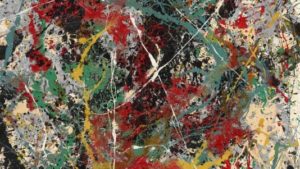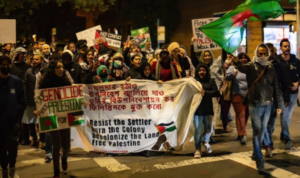What’s it Like Being Bangladeshi, Living in America?

What’s it Like Being Bangladeshi, Living in America?
By Rubana Hossain, MPH
Instagram@itsrubana

With eight hefty suitcases, filled with decades of heritage, history and the last remnants of home; my family and I landed in the US in 2008. Thus, crossing this arbitrary milestone has compelled me to reflect on my own experiences as a Bangladeshi-American. I have spent over a decade navigating labels such as “Immigrant,” “Asian,” “South Asian,” and “Bangladeshi.” In other words, I struggled in a state of purgatory consisting of the difference between how I saw myself and how others saw me.
As social beings, we spend the majority of our lives stewing about who we are and navigating challenges with identity formation as part of a society. This already thorny process of finding “who you are” is further complicated when you are an immigrant in a nation where racial and ethnic identity play a significant role.
To understand racial and ethnic identity of Asians in the US, a study conducted by the Pew Research Center explored experiences and perspectives of Asian-Americans in their own words. Pew Research Center asked 264 individuals from 18 distinct Asian ethnic origin groups: “What does it mean to be Asian in America?” They conducted what they describe as “the largest focus group study it had ever conducted,”-66 focus groups organized by 18 distinct Asian ethnic origin groups. Of the 66, two consisted of Bangladeshi participants. As a Bangladeshi, I took keen interest in the data from these two focus groups.
The study explored how they viewed their own identity, stating that they preferred to identify themselves as “Asian” in a formal setting or defaulting to “Asia” since their group identity was not well known. I, myself, select “Asian” when filling out formal documents or or say that I am Asian instead of having to explain the geographical location of Bangladesh. While others talked about how “Asian as a label or identity just doesn’t fit.” Instead, Bangladeshis may use “Desi” or “South Asian” to describe themselves to avoid confusion with other identities.
Another key theme identified by these focus groups is that navigating life in America is an adjustment. Participants talked about cultural differences, balancing between two worlds and for some, their identity was tied to becoming American. In other words, immigrants feel the constant pressure to assimilate. For example, I spent years hiding my Bengali culture in majority white spaces by refusing to wear bright colors or traditional clothing, not bringing traditional dishes or speaking Bengali. See another example below:

In addition, a repeated theme highlighted by the study was the “difference between how participants saw themselves and how others saw them.” They talked about the harmful results of misinformed assumptions, stereotypes, inaccurate labeling and ignorance. If I had a penny for every time, I had to explain to someone that I wasn’t Indian, I would have enough money to fly to Dhaka. Although I am being facetious here, it truly is infuriating and invaliding to explain to people what I am rather than who I am. The focus groups expressed similar frustrations of battling stereotypes while becoming a “model minority” that “fits in:”

Not to mention, that even if they had become citizens, they were seen as
foreigners. After having lived in the USA for 14 years, my answer to the
question, “Where are you really from?” has evolved from, “Bangladesh…a small
country by India,” to “NOVA” and now, “Virginia.”
Regardless, the participants of the focus groups
repeatedly acknowledged their pride in their heritage and having overcome the
struggles of being a Bangladeshi in the US; “We are lucky enough to enjoy the
flavor of our country even when staying abroad.” I have been able to paint a beautiful, yet messy identity
for myself. If I had to compare it to something, I would say it resembles one
of Jackson Pollock’s masterpieces: chaotic but beautiful.
Read More
The Legacy of Boi Mela
Every year in February, the month-long national book fair welcomes...
Read MoreMillennial Amma: How to Explain a Global Crisis As a Parent
Rumki Chowdhury shares tips for how to talk to children...
Read MoreBegum Rokeya’s Millennials
A tribute to a pioneering Bengali feminist writer, educator and...
Read More



